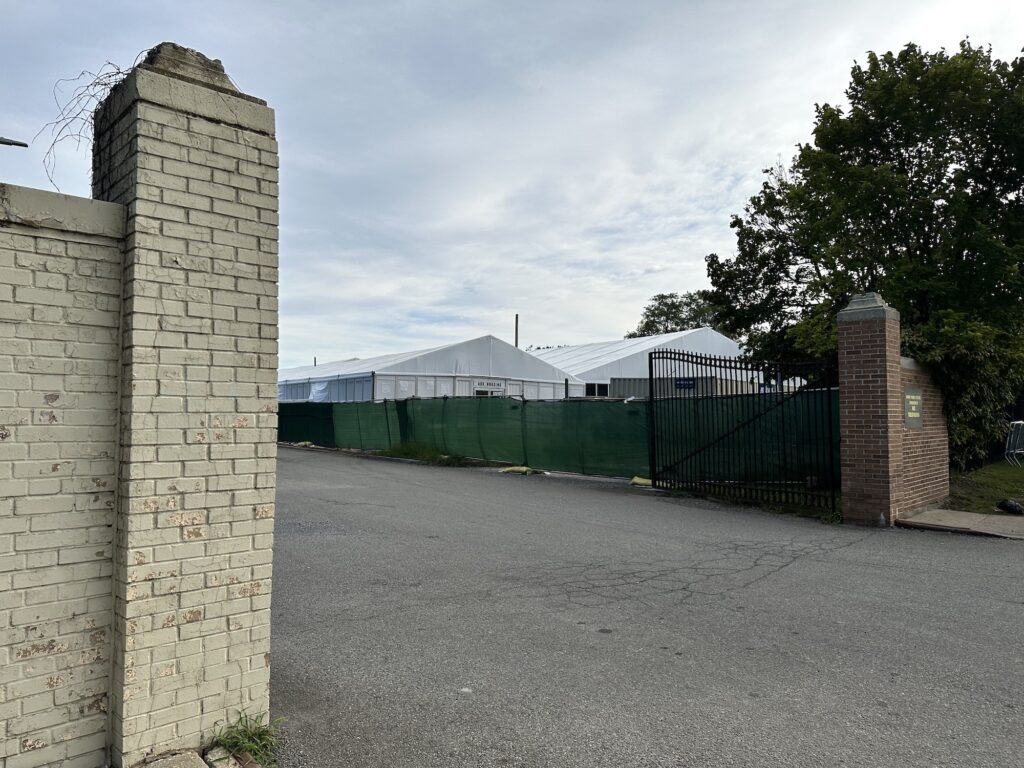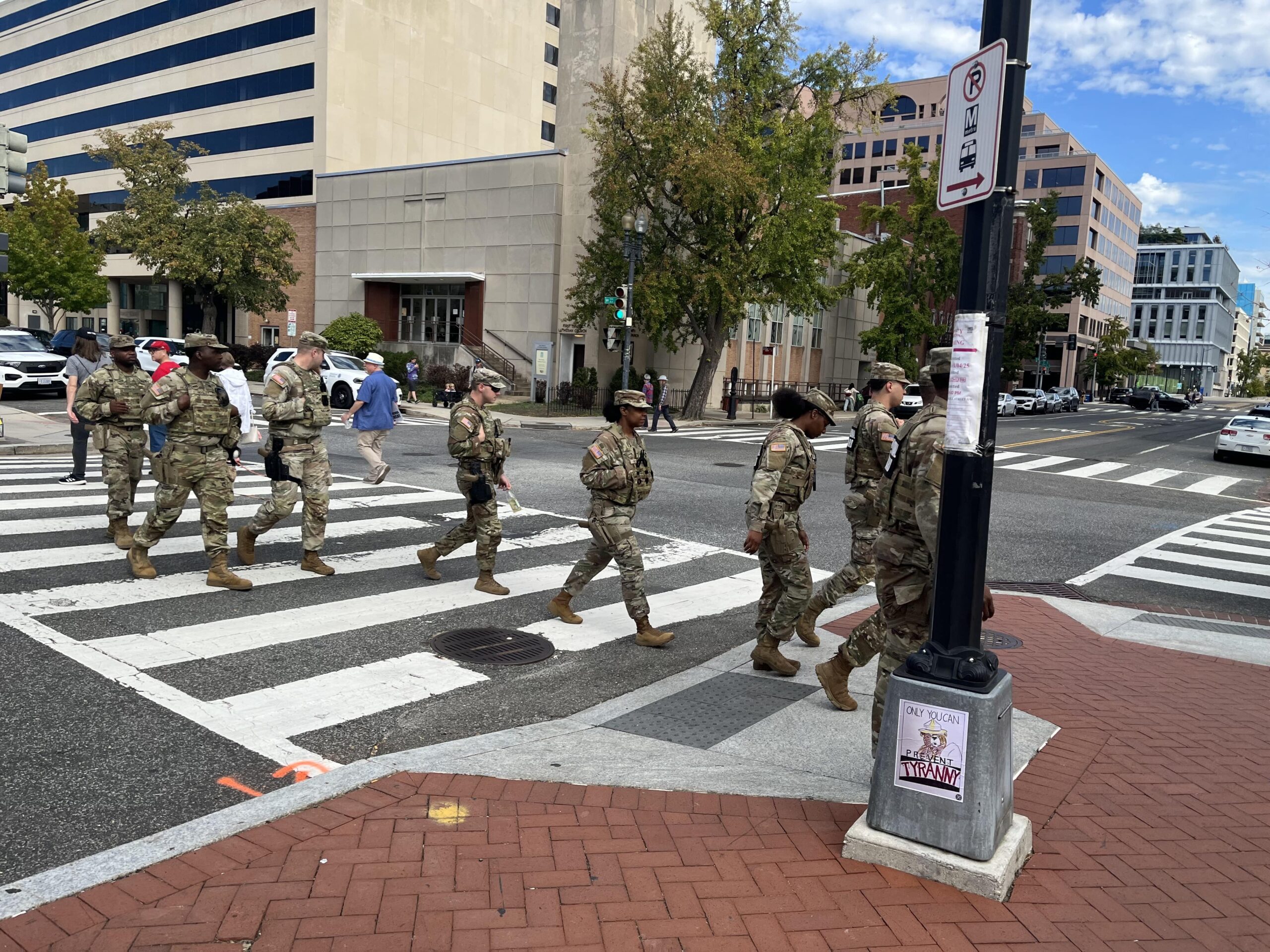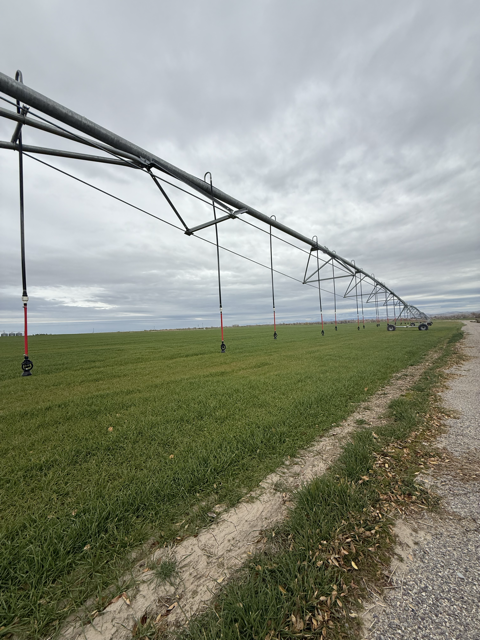(NEW YORK) — With the Creedmoor migrant shelter in Queens at maximum capacity, the New York Immigration Coalition (NYIC) called on Mayor Eric Adams this week to find a more holistic housing solution for incoming asylum seekers.
“It feels like they’re not thinking this through,” said Valeria Reyes, manager of organizing and strategy at NYIC. “Their lack of cultural awareness is not talked about enough.”
According to Reyes, migrants coming from North Africa are not being served food that complies with their dietary restrictions. Since halal options are not always available at humanitarian shelters, some migrants are not eating.
Of the 210 shelter sites, including 17 humanitarian relief centers, that house approximately 101,200 asylum seekers arriving in New York City, Creedmoor has become a point of contention in its neighborhood.
A day after the migrants arrived at Creedmoor on August 15, protests erupted, demanding the facility’s closure. Queens residents and community leaders gathered outside the facility with signs that read “No Tent City”.
Locals have been outspoken about their concerns regarding the migrant shelter. One Queens resident, Jarod Pereira, a senior at New York Institute of Technology, said he does not feel safe walking around the neighborhood anymore.
“It is sad that the migrants have to go through this, but the location of these tents feels odd and doesn’t make sense,” said Pereira. “It is also really uncomfortable for me when I pass by to run errands or go to classes.”
The Queens Borough President’s office issued a statement in July, addressing the situation. In the statement, Queens Borough President Donovan Richards noted that while the city remains open to receiving asylum seekers, there should be transparency on how that process is conducted.
Sites are assessed based on a number of attributes, including the number of people sites can accommodate, the cost of leasing properties, on-site infrastructure, and access for city workers, including proximity to transportation.
“New York City has evaluated thousands of potential shelter sites wherever space is available, and no location is off the table,” said Adam Shrier, press secretary for NYC Health + Hospitals, the government agency dedicated to implementing humanitarian centers, like Creedmoor.
“New York is a city of immigrants and has benefited from immigrants for years,” said Reyes. “It’s understandable to fear the unknown, but it’s also important to remember where we came from.”


